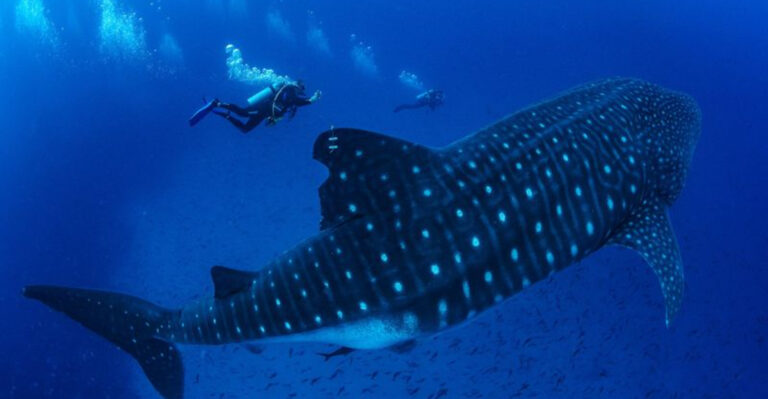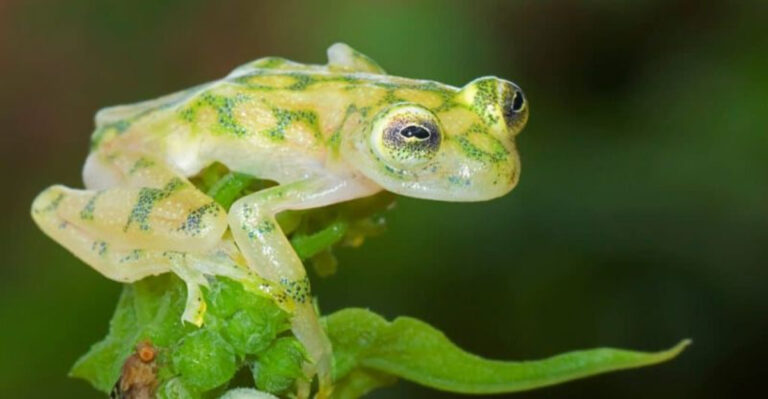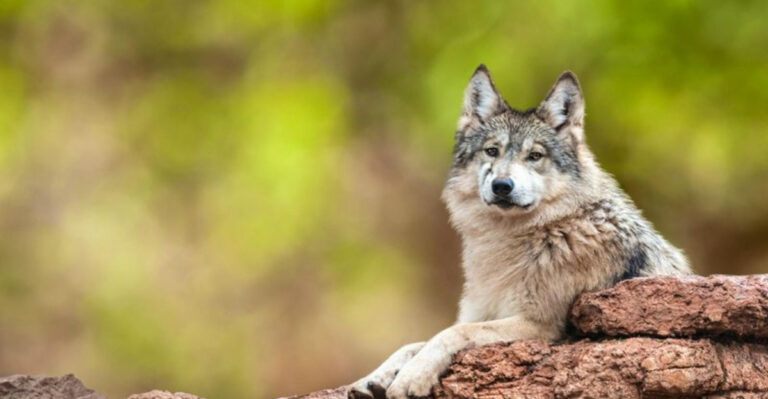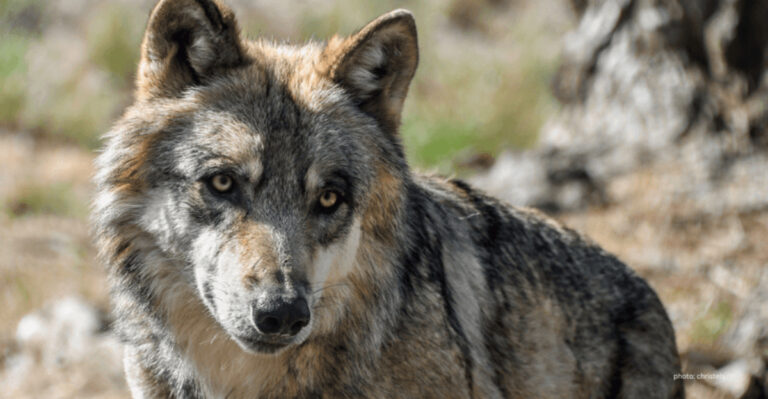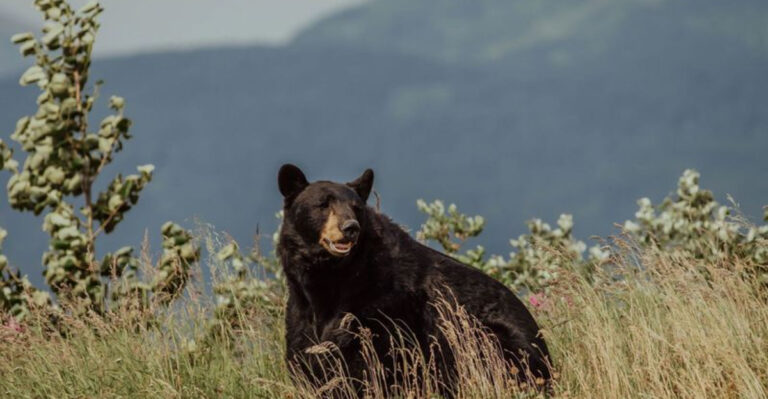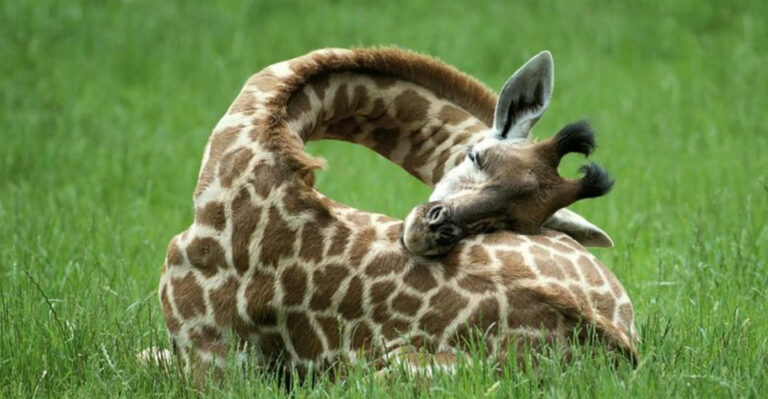17 Massive American Animals That Vanished Forever
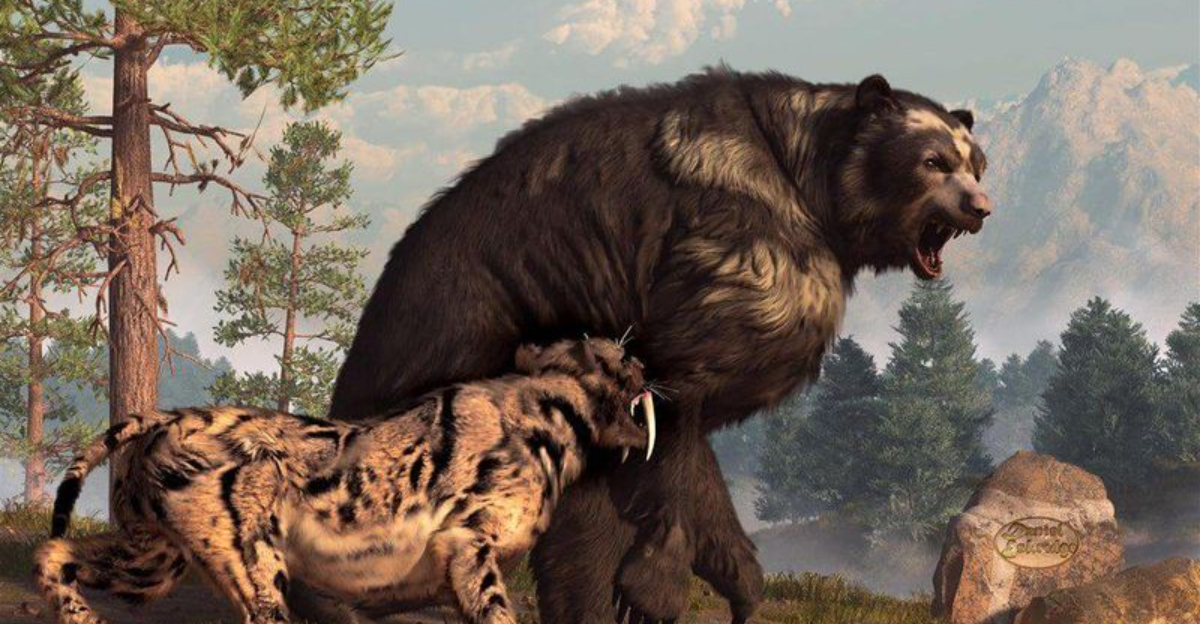
Throughout history, the vast landscapes of America were home to some of the world’s most massive creatures. These giants thrived for millennia, shaping the ecosystems they inhabited. However, climate changes, human activity, and natural events led to their eventual disappearance.
This article explores remarkable American behemoths that once roamed freely but have since vanished from existence.
1. American Mastodon
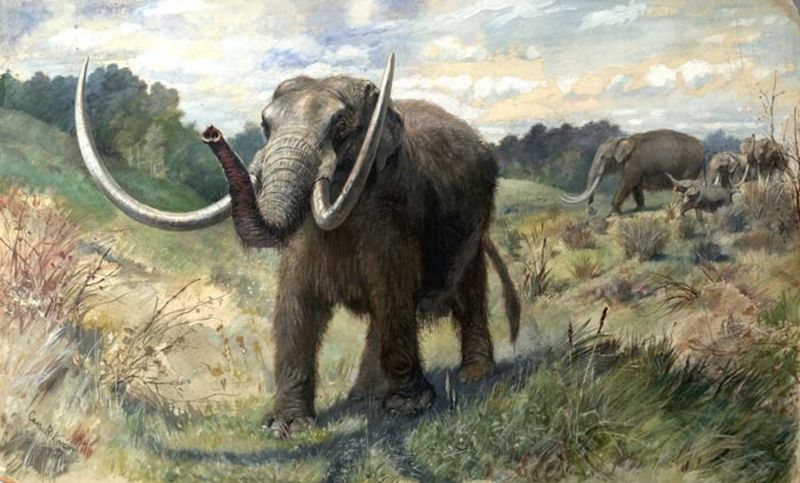
Strolling through ancient American forests, the American Mastodon was a sight to behold. Resembling today’s elephants, these giants sported long, curved tusks and thick, shaggy hair. Living predominantly in woodland areas, they grazed on trees and shrubs, contributing significantly to their environment’s health and diversity.
Their extinction came around 10,000 years ago, coinciding with the end of the Ice Age. Several factors possibly contributed, including climate shifts and hunting by early humans. Archaeological evidence suggests that humans hunted these creatures, as mastodon remains have been found alongside human tools.
2. Saber-Toothed Cat
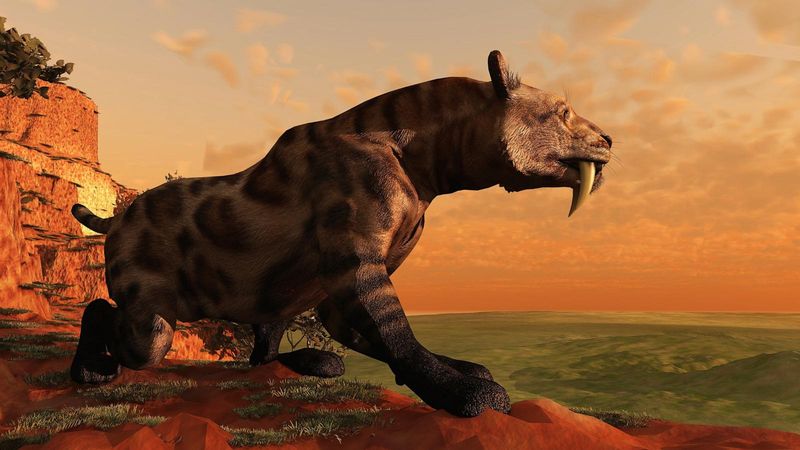
The saber-toothed cat, often referred to as Smilodon, was one of the most formidable predators of its time. These cats are famous for their elongated canine teeth, which could grow up to 7 inches long. They prowled the wild terrains of North and South America, hunting large herbivores.
While their fearsome appearance suggests a ruthless hunter, studies indicate they may have struggled in a rapidly changing world. As the climate warmed and prey species declined, saber-toothed cats found it increasingly difficult to survive.
3. Giant Ground Sloth
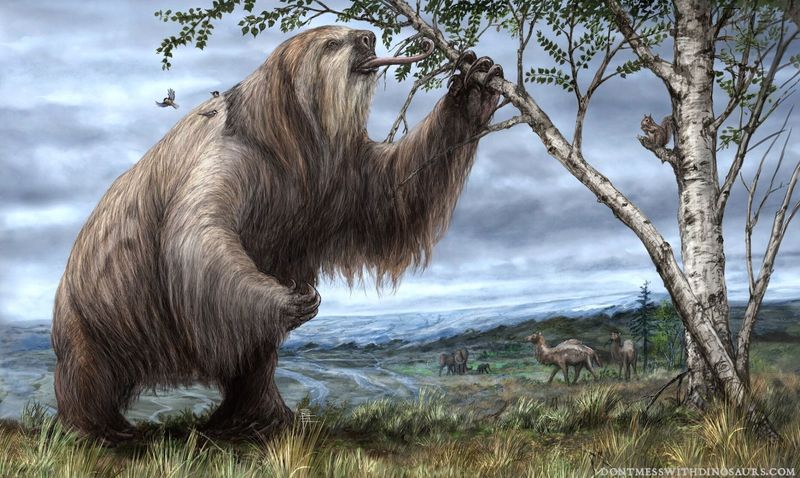
Towering over the landscape, the Giant Ground Sloth was a marvel of prehistoric times. Some species grew as large as modern elephants, using their massive claws to strip leaves from trees. These herbivores were crucial to their ecosystems, helping shape the vegetation structure.
Their size offered protection from predators, but it also made them vulnerable to environmental changes. As human populations expanded, hunting pressures increased, contributing to their decline.
4. Short-Faced Bear
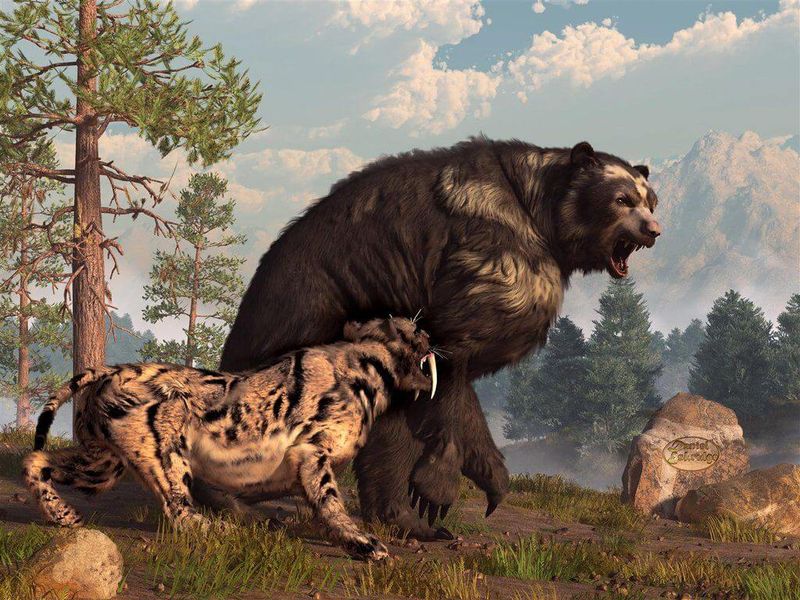
Roaming the open plains of prehistoric North America, the Short-Faced Bear was a formidable giant. Known for its short muzzle and long legs, it was one of the largest carnivorous mammals. This bear’s speed and strength made it a top predator, hunting megafauna across vast territories.
However, the arrival of humans and changing environments posed challenges. As prey became scarce, competition increased, leading to this bear’s decline. Despite its size, it couldn’t adapt quickly enough to survive.
5. Glyptodon
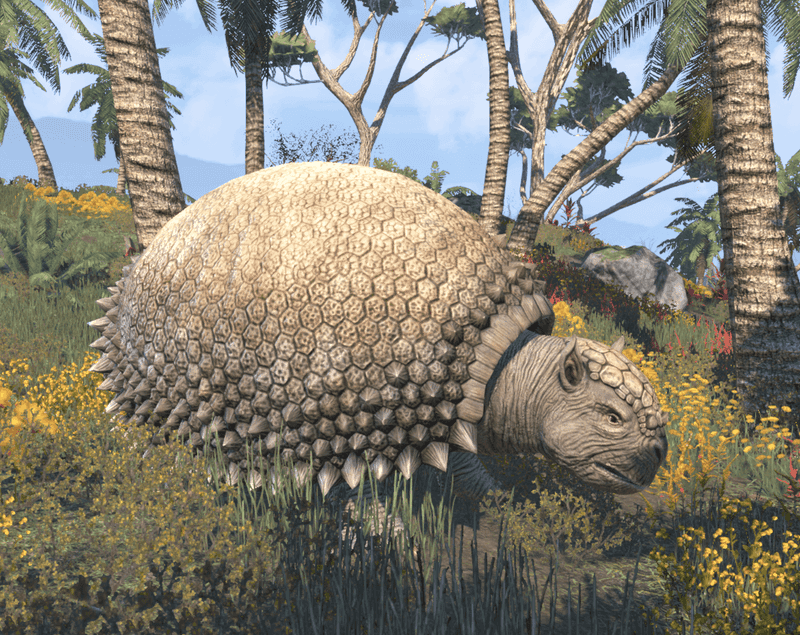
Resembling a giant armadillo, the Glyptodon roamed the ancient landscapes of the Americas. With a heavily armored shell, this creature was well-protected against predators. Its tail, sometimes equipped with bony spikes, added to its defensive arsenal.
Glyptodons were primarily herbivores, grazing on grasses and plants. Their unique appearance and survival strategies were well-suited to their environment, yet they couldn’t withstand the pressures of change. Human hunting and climate shifts likely played roles in their extinction.
6. American Lion
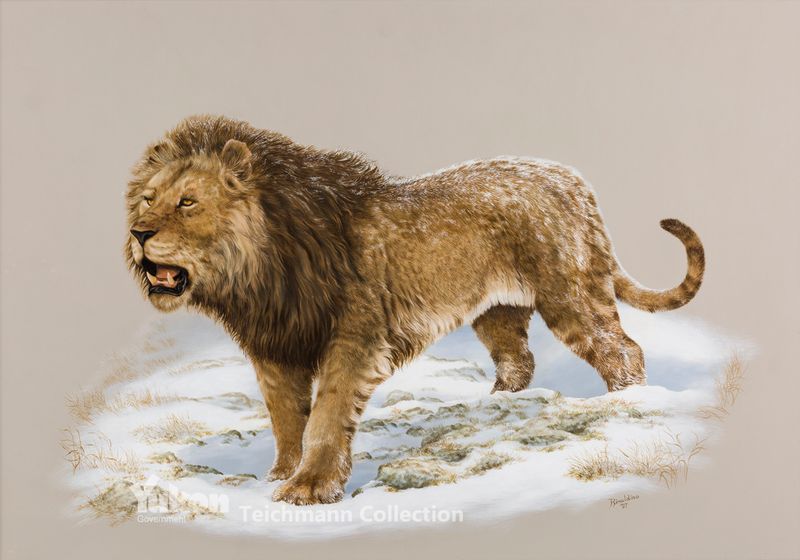
Larger than its modern relatives, the American Lion was an apex predator of the Ice Age. These majestic cats roamed across North America, hunting bison, deer, and other large mammals. With powerful builds and keen senses, they were well-equipped for survival.
Yet, despite their prowess, they faced insurmountable challenges. As the climate warmed and human activity increased, prey populations dwindled, leading to their extinction. Their disappearance marks a turning point in North America’s ecological history.
7. Megalonyx
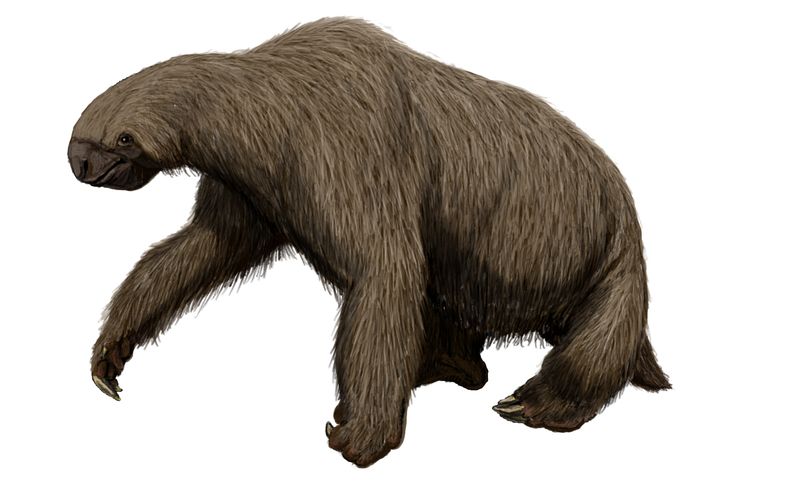
Known as the ‘Giant Claw’, the Megalonyx was a large ground sloth native to North America. Its impressive claws were its most distinctive feature, used to pull down branches and strip leaves. These herbivores played a significant role in their ecosystems, influencing the plant life around them.
Despite their formidable adaptations, they couldn’t survive the pressures of a changing world. Human expansion and climate shifts likely contributed to their decline.
8. Dire Wolf
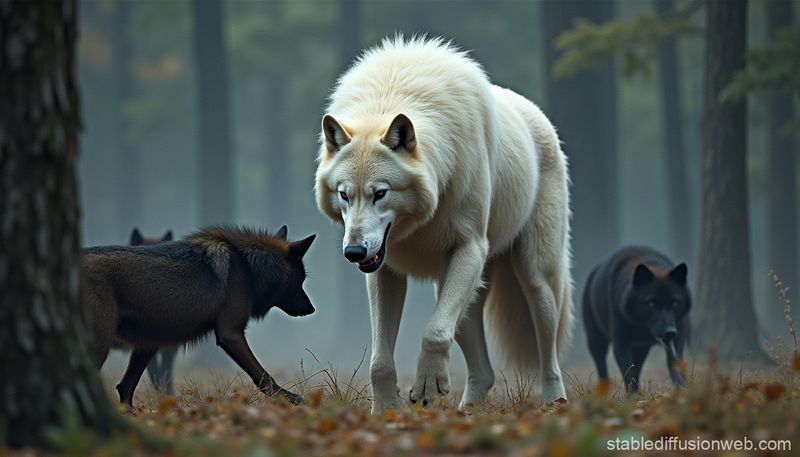
Dire Wolves, larger and more robust than today’s wolves, were fearsome pack hunters. They roamed the open plains and forests of prehistoric North America, preying on large herbivores. With strong jaws and sharp teeth, they were well-adapted to their carnivorous lifestyle.
Despite their prowess, they faced challenges from both environmental changes and competition with humans. As prey species declined, Dire Wolves struggled to find food, leading to their eventual extinction.
9. Columbian Mammoth
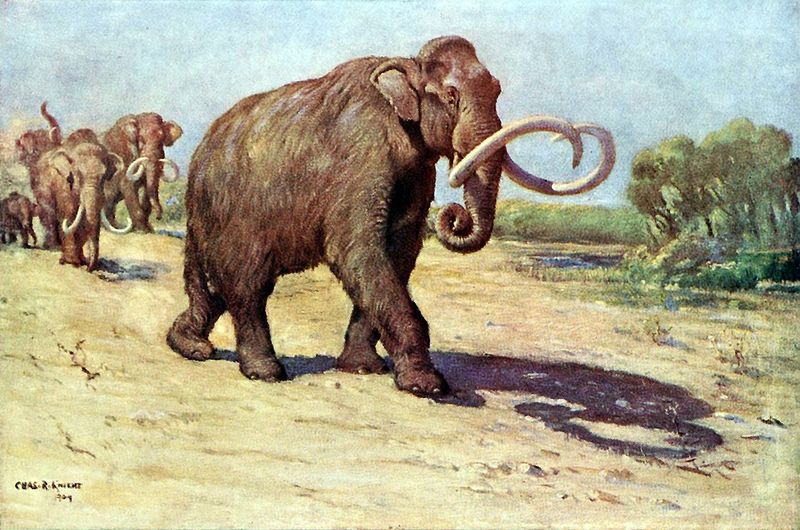
The Columbian Mammoth, one of the largest mammoth species, once roamed the grasslands of North America. With long, spiraled tusks and a towering presence, they were truly majestic creatures. These herbivores grazed on grasses and plants, playing a vital role in their ecosystems.
Their extinction came as a result of climatic changes and human hunting. As the Ice Age ended, their habitats shrank, and food became scarce, contributing to their decline.
10. American Cheetah
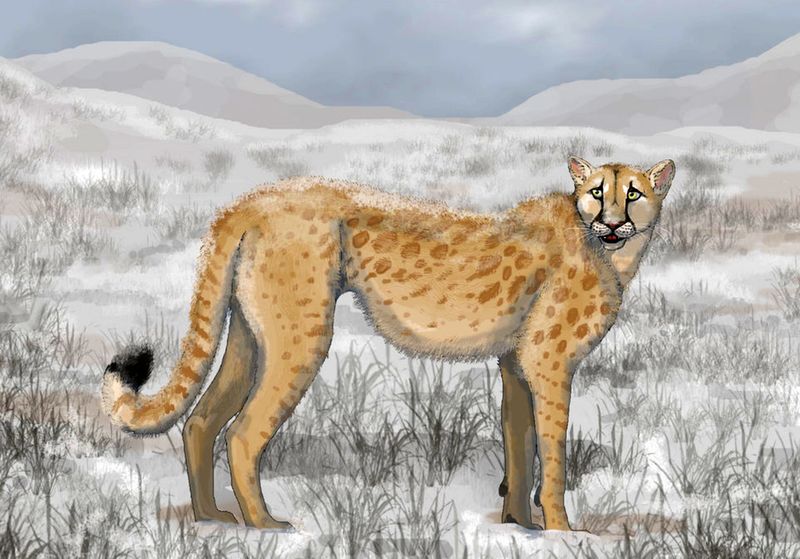
Resembling today’s cheetahs, the American Cheetah was an agile predator. These cats roamed the prairies of North America, using their incredible speed to hunt antelope and other swift prey. Their build and adaptations were remarkably similar to their modern relatives.
However, environmental changes and human impacts led to their extinction. As their prey disappeared, so too did these swift hunters, unable to adapt quickly enough to survive.
11. Harlan’s Ground Sloth
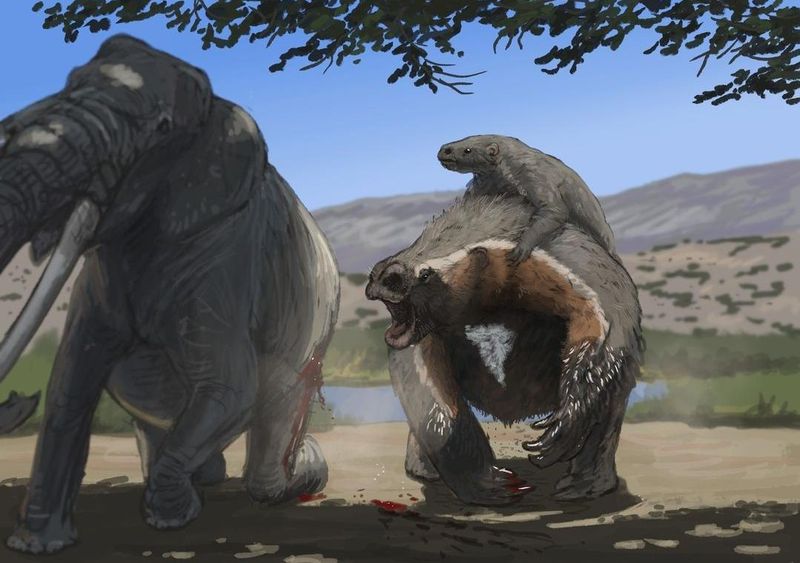
Harlan’s Ground Sloth was a massive herbivore that roamed the ancient forests of North America. With powerful limbs and sharp claws, it was well-equipped to forage for leaves and branches in its lush habitat.
Changes in climate and human hunting pressures contributed to its extinction. Like many other megafauna, Harlan’s Ground Sloth couldn’t adapt quickly enough to survive the changes in its environment.
12. Stag-Moose
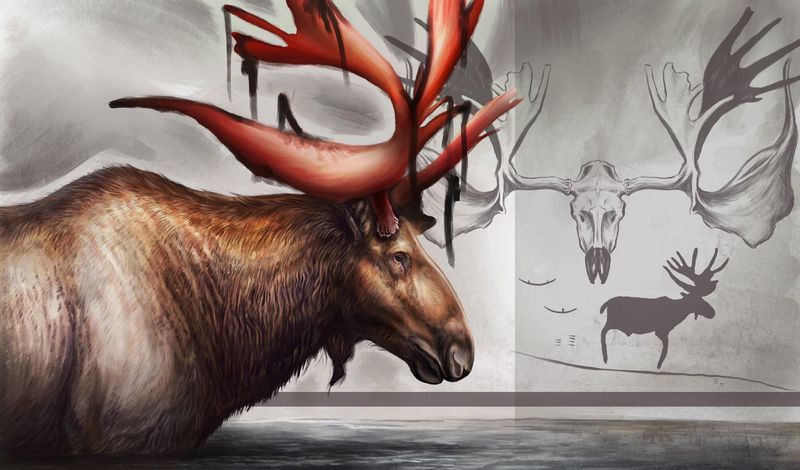
The Stag-Moose, with its imposing antlers, was a unique member of America’s ancient fauna. Roaming wetlands and forests, these herbivores thrived on the abundant vegetation, playing a crucial role in their ecosystems.
Despite their adaptability, the Stag-Moose couldn’t survive the rapid changes brought about by a warming climate and human influences. Their extinction marked a significant shift in North America’s ecological landscape.
13. Camelops
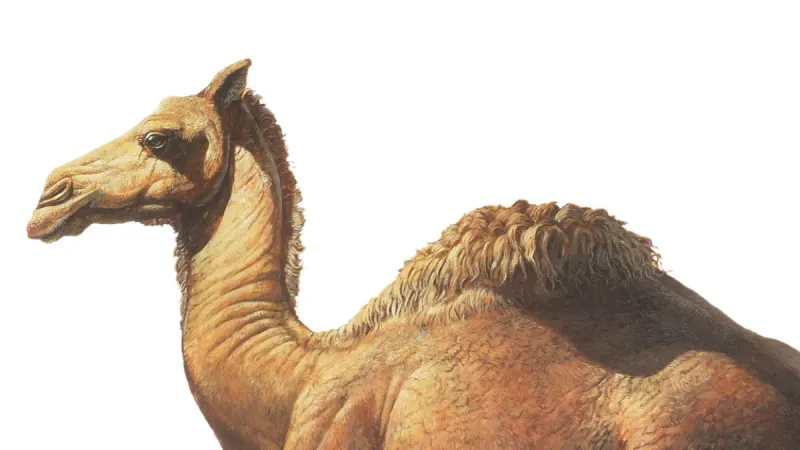
Camelops, an ancient relative of modern camels, once roamed the arid regions of North America. These tall, hump-less creatures adapted well to their environments, surviving on sparse vegetation and limited water resources.
However, as climates shifted and human populations expanded, Camelops faced increasing challenges. Their extinction highlights the impacts of environmental changes and human activities on species survival.
14. Terratornis
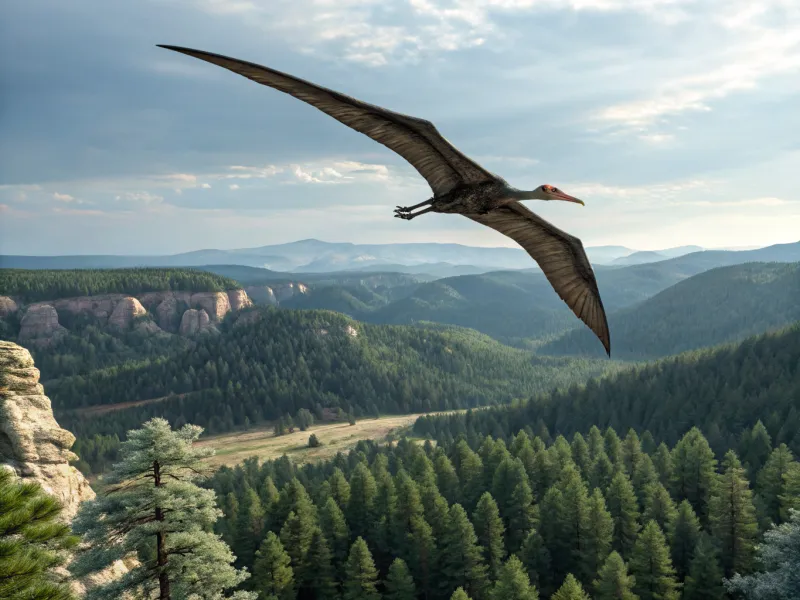
Terratornis, one of the largest flying birds ever known, dominated the skies of prehistoric North America. With a wingspan reaching up to 17 feet, these birds were formidable aerial predators, likely scavenging and hunting small mammals and reptiles.
Despite their dominance, Terratornis couldn’t withstand the rapid environmental changes at the end of the Pleistocene. The loss of large prey and changing habitats contributed to their extinction.
15. North American Horse
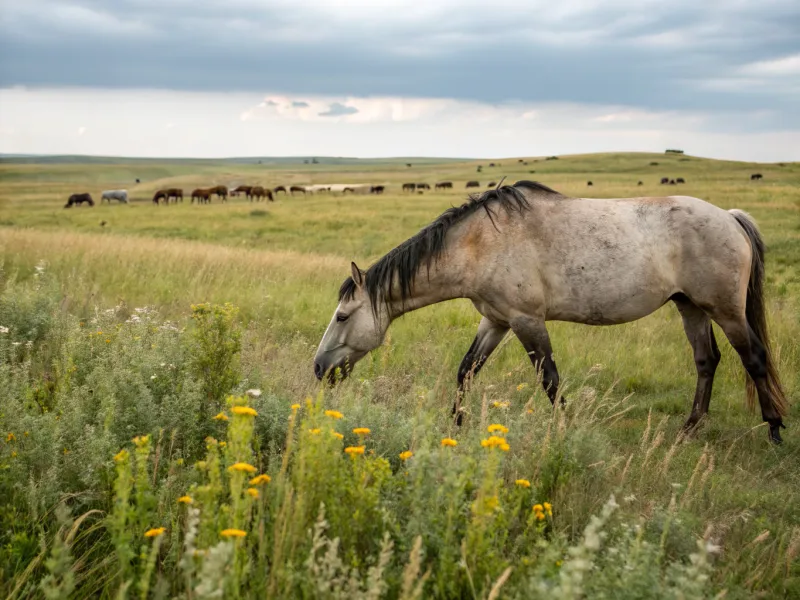
Ancestors of today’s wild horses, the North American Horse once roamed freely across the continent. These agile creatures thrived in grassland environments, playing a vital role in shaping the landscapes they inhabited.
However, the combination of climate changes and human hunting pressures led to their decline and eventual extinction. Their disappearance left a significant gap in the ecosystems they once dominated.
16. Giant Beaver
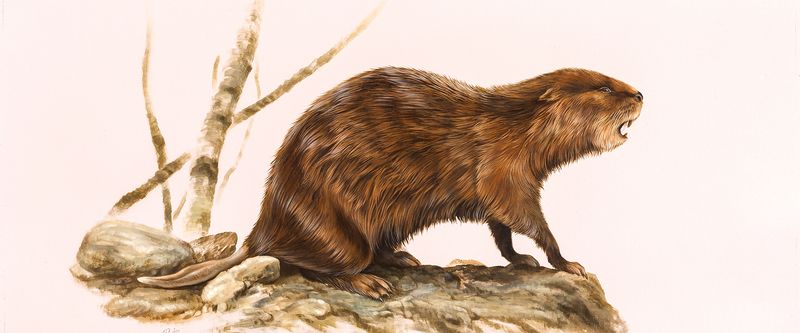
The Giant Beaver, known scientifically as Castoroides, was an extraordinary rodent that lived during the Pleistocene epoch. It was roughly the size of a modern black bear, making it much larger than its present-day relatives. These beavers constructed lodges in a manner similar to today’s beavers but on a grander scale.
Their massive incisors, essential for cutting through dense wood, were quite distinct. These teeth were not just tools for survival but also distinctive features that defined their lineage. Fossils found in the Great Lakes region tell a story of an animal perfectly adapted to its wetland environment.
As the climate warmed and the Ice Age ended, these majestic creatures faced habitat loss and increased competition from other species, leading to their eventual extinction.
17. Sea Mink
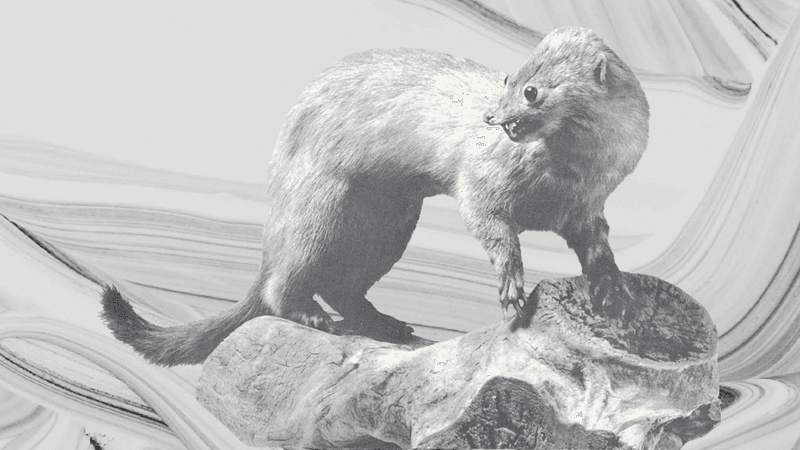
The Sea Mink, once native to the coastal regions of the Northeastern United States, was larger than its land-dwelling relatives. Its rich, reddish-brown fur was highly prized, which unfortunately led to its demise due to overhunting.
Living predominantly along rocky coastlines, the Sea Mink thrived on a diet of fish, crustaceans, and seabirds. Its semi-aquatic lifestyle made it an adept swimmer, uniquely adapted to its maritime environment.
By the late 19th century, relentless hunting and habitat changes drove the Sea Mink to extinction, marking a poignant chapter in the history of North American wildlife.

